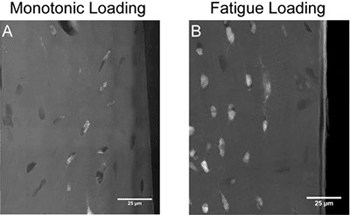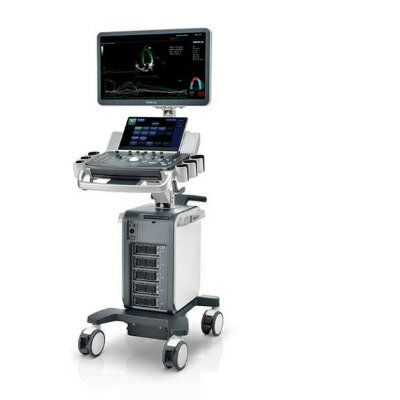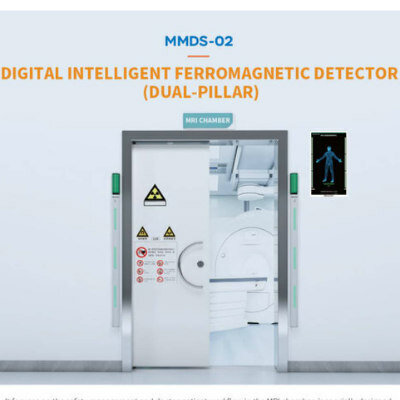X-Ray Imaging Offers New Clues on Bone Damage
By MedImaging International staff writers
Posted on 25 Mar 2013
Bone fractures, from athletes to individuals suffering from osteoporosis, are typically the result of tiny cracks accumulating over time—invisible runnels of damage that, when coalesced, lead to that break. Using innovative X-ray techniques, researchers have revealed cellular-level detail of what occurs over time when bone bears repetitive stress, visualizing damage at smaller scales than ever seen. Their research could offer insights into how bone fractures could be averted. Posted on 25 Mar 2013
Dr. Marjolein van der Meulen, professor of biomedical engineering at Cornell University (Ithaca, NY, USA), led the study, which was published online March 5, 2013, in the journal PLOS One, using transmission X-ray microscopy at the Stanford Synchrotron Radiation Lightsource, part of the SLAC US National Accelerator Laboratory (Menlo Park, CA, USA).

Image: Transmission X-ray microscope images of damage generated in a bone sample and stained with lead-uranyl acetate. White is the staining of microdamage, gray is bone and black is background. On the left is one-time loading of the sample, and on the right is repeated loading (Photo courtesy of Cornell University).
Using the high-energy hard X-rays at SLAC’s synchrotron, the researchers generated images of damage in sheep bone at a resolution of 30 nm—several times better than standard imaging via X-ray micro-computed tomography (micro-CT), which is optimally 2–4 micrometers in resolution.
“In skeletal research, people have been trying to understand the role of damage,” said Dr. van der Meulen, whose research is called mechanobiology—how mechanics intersects with biologic processes. “One of the things people have hypothesized is that damage is one of the stimuli that cells are sensing.”
The inability of cells to repair microdamage over time ultimately adds to the failure and breaking of bone, according to Dr. van der Meulen. Until now, visualization methods of microdamage were limited to lower resolution images. More detailed bone characteristics, such as the small areas called lacunae, where cells dwell, and the microscopic rivers between them, called caniliculi, were not visible.
The imaging involved special preparation of sheep bone samples led by graduate student and first author Dr. Garry Brock. First they cut 2-mm2 matchstick-like samples. The matchsticks were “damaged” in the lab at various levels: Some received 20,000 cycles of “loading” in bending; others received a single dose of loading; and others were notched before loading. All samples were treated with a lead-uranyl acetate X-ray-negative stain that seeps into porosity caused by damage in the bone tissue. Then sections from the loaded segment were polished to 50-micrometer thicknesses.
A greater percentage of stain was seen in sections subjected to repetitive stress. Instead of seeing new surfaces formed by damage (cracks) as was expected, the researchers observed damage in the cellular structures. The X-rays picked up the dye within existing, intact structures, like the lacunae where the cells sit, and in the caniliculi. “The tissue is not breaking, but rather, there is staining within the cells,” Dr. Brock said.
Dr. van der Meulen added, “We were surprised by how cell-based the staining was, as opposed to forming lots of new surfaces in the material.”
In osteoporotic individuals, including many postmenopausal women, fractures usually occur in the forearm, spine, and hip. The investigators are trying to determine why these fractures occur by studying nano- and microscale changes in bone tissue. They are also examining the possibility of evaluating whether a class of osteoporosis drugs called bisphosphonates, which decrease the overall rate of hip fractures but can lead to “atypical femoral fractures,” affect nanoscale damage processes. These unusual fractures occur at sites that typically do not fracture with osteoporosis such as in the middle of the bone shaft. The new damage visualization technology could lend new insights in future studies, according to the investigators.
Related Links:
Cornell University













